The Don Juan Rose is admired for its deep velvety red blooms and captivating fragrance, evoking timeless romance in any garden. As a climbing rose, it thrives on trellises, arbors, and even in large containers, making it a versatile choice for both expansive gardens and cozy porches. Despite its climbing habit, it’s equally favored for creating stunning cut-flower arrangements that fill indoor spaces with beauty and charm.
Belonging to the Rosaceae family, this hardy perennial flourishes in USDA zones 5 through 9. It performs best in full sun and well-drained, slightly acidic loam soil. With a mature spread and height of 8 to 10 feet, the Don Juan Rose makes a bold statement in butterfly gardens or as a fragrant vertical accent.
Whether you’re seeking a striking garden feature or fragrant blooms for bouquets, this climbing rose offers both elegance and practicality with medium maintenance needs. Its rich green foliage complements the burgundy and red blossoms, adding depth to its seasonal display.
| Common name | Don Juan rose |
| Botanical name | Rosa ‘Don Juan’ |
| Family | Rosaceae |
| Life cycle | Woody |
| Plant type | Perennial |
| Hardiness zone | 5, 6, 7, 8, 9 |
| Sunlight | Full Sun |
| Maintenance | Medium |
| Soil condition | Loam |
| Soil ph | Acid |
| Drainage | Well-Drained |
| Spacing | 3 ft. – 6 ft. |
| Flowering period | Fall |
| Height | 8 ft. – 10 ft. |
| Width | 8 ft. – 10 ft. |
| Flower color | Burgundy, Red |
| Leaf color | Green |
| Flower benefit | Fragrant |
| Garden style | Butterfly Garden |
I. Appearance and Characteristics
Rich with a strong rose fragrance, Rosa ‘Don Juan’ is a climbing hybrid tea rose with very large, full, cupped-to-flat, dark velvety red flowers, up to 4 in. across (10 cm), having as many as 30-35 petals. Blooming in flushes from early summer and throughout the season, the sumptuous blooms stand out against the leathery foliage of glossy, dark green leaves and make an impressive display. Regarded as one of the best of the red climbers, this rose has seduced gardeners and rosarians for more than half a century.
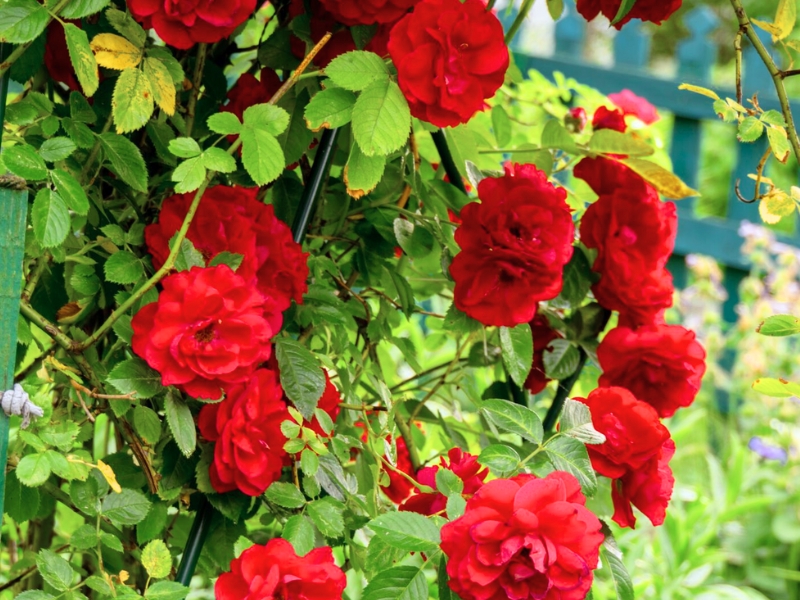
II. How to Grow and Care
Sunlight
Roses ‘Don Juan’ favors full sun and also can tolerate a half shade environment. In partial shade, it usually only grows leaves and does not bloom. Even if it has flower buds, the flower is neither gorgeous nor fragrant. As a result, it is recommended that gardeners ensure sunlight at least 6 hours per day during the growing season (but not necessarily in winter). In summer, it should be appropriately shaded to prevent overexposure to sunlight.
Temperature
Roses ‘Don Juan’ is widely distributed from cold temperate zones to tropical areas. It likes cool, ventilated environments and is not tolerant of high temperatures. The optimum temperature range is 15 to 26 ℃. Some species can tolerate temperatures as low as -26 ℃ and high temperatures of up to 35 ℃. When the temperature is below 4 ℃ in winter and above 30 ℃ in summer, the plant becomes semi-dormant and has poor growth. The flowers during this period will have a few small, white petals with a dim and lusterless color and are not good-looking at all.
Roses ‘Don Juan’ favors moist conditions but is not resistant to water-logging. It can tolerate moderate drought. Provide more water from budding to flowering, but reduce watering after blooming time. After blooming, wait to water again until the soil is basically dry to avoid any accumulation. Ensure good ventilation and drain excess water during the rainy season to prevent damage to its roots.
Watering
Roses ‘Don Juan’ thrives in well-hydrated conditions, reflecting its preference for the consistent moisture found in its native environment. This species is known for requiring a moderate balance of water, neither too dry nor overly saturated. Care should be taken to water roses ‘Don Juan’ twice a week to maintain optimal hydration levels. Given that roses ‘Don Juan’ is commonly grown outdoors, it’s important to consider how natural rainfall can supplement irrigation practices, especially during the growing season when water demand peaks.
Soil
Roses ‘Don Juan’ can adapt to a variety of soil types and grows best in acidic soil which is fertile, loose, and water-drained. When planting in the garden, you should choose a place on higher terrain with sufficient sunlight, good air ventilation, and slightly acidic soil. Planting in high terrain helps avoid water accumulation in soil. Before planting, deeply loosen the soil and use organic fertilizer as base fertilizer. If planting as a potted plant, use humus-rich and slightly acidic sandy soil.
Fertilizing
Roses ‘Don Juan’ favors fertile soil, so it’s best to apply fertilizer several times during the growing season, but only in small amounts each time. In the spring and summer, you can use liquid fertilizer twice a month and use slow-release fertilizer every two months. Add more nutrients for more lush plants and flowers. A slow-release organic fertilizer can be used in winter so the new shoot and buds in next year’s bloom will be lush; these flowers will be large and gorgeous.
If roses ‘Don Juan’ is to be used for fresh-cut flowers, fertilize them 1-2 times a week during the florescence. Pay attention to the cultivation of branches with flowers. Cut off flower buds from weak branches of the plant to concentrate nutrients in the stronger ones. Additionally, a sprinkling of Mycorrhizal fungi (which is also sold as Root Grow) at the base of the plant will allow the beneficial fungi to form a symbiotic relationship with the root system, helping it to absorb nutrients and water.
Planting Instructions
If planting potted roses ‘Don Juan’ in your garden, it’s best to find a suitable site with adequate sunlight, fertile soil, good drainage, and preferably a place that hasn’t been planted with any roses before. A field that previously grew roses may increase the probability of infection. Transplanting can be done in all seasons except winter., First, dig a pit that is twice as big as the flower pot. Add a small amount of base fertilizer to the pit, and place the root system or rootball into the pit so that the root crown (where the aboveground part and the underground part connect) is at or slightly higher than the surface of the soil. Backfill and slowly compact the soil. A layer of organic mulch can be used to cover the soil surface for heat preservation of roots and also reduce the growth of weeds. Water thoroughly after transplanting and water often in the first week to avoid wilting caused by a lack of water., If transplanting roses ‘Don Juan’ from one part of the garden to another, do it in fall to avoid the cold of winter. Water the plants three days before transplanting; this makes it easy to dig up and retain the rootballs. Then, trim off the overlong branches and excessive leaves, leaving 3-4 branches per plant to reduce excessive consumption of nutrients and ensure its survival. Prune any unhealthy roots left after being dug up., If a bare-root rose cannot be immediately planted after purchase, it can simply be placed into a pit and covered with soil. If it has already gone without water for some time, it’s better to soak its roots in water for half an hour before planting to help it recover. It is recommended to plant bare-root roses in gardens in the fall.
Pruning
Roses ‘Don Juan’ has a strong sprouting ability and grows luxuriantly. Without proper, timely pruning, it will attract diseases and pests in hot, humid, insufficiently lit, or poorly ventilated conditions. After the first bloom, the plant should be slightly pruned. Promptly cut off faded flowers and thin, overlapping branches, leaving only young and strong branches. During winter dormancy, careful pruning is recommended.
For vines, keep main branches at 2 to 3 m long and cut off the rest. For bush plants, cut 1.02 cm above full buds, prune the whole plant to 1/3 of its original height, and leave 4-6 thicker branches while ensuring that the overall shape of the plant meets your desired appearance.
Propagation
Roses ‘Don Juan’ can be propagated by grafting. Multiflora rose (Rosa multiflora) is often used as rootstock for grafting. Generally, grafting is carried out from the end of summer to the beginning of autumn, and the grafting part is as close to the ground as possible. Cut a T-shaped cut on the outer skin of the rootstock with a knife on one side of the stem and branch, then select a bud from the middle of a well-developed branch in the same year, cut the bud with bark, insert it into the T-shaped cut, bind it with plastic film, and place it in proper shade. It can usually be untied 15 days after grafting, and will germinate and survive after 30 days.
You can also select a branch that has not yet developed a leaf bud as a scion if the thickness of the scion is more similar to that of the rootstock. Cut a 2 cm deep cut on the rootstock longitudinally, insert the scion into the cut, and then fasten it with plastic film. The incision will heal after about 10 days.
Roses ‘Don Juan’ can also propagate by division. It can be planted deeper and filled with soil to the roots so that new roots can grow at the bottom of each branch. In the early spring or late autumn, the whole plant can be dug out with soil to be divided into ramets. Select a stem with 1-2 branches and some fibrous roots, and then separate it from the whole plant and plant it in a basin or garden. At the same time, prune the branches on the ground to reduce the evaporation of water and improve the survival rate of transplanting.
Cutting propagation, another useful way to propagate roses ‘Don Juan’, is generally carried out in spring and autumn. Branches with 3-4 buds can be cut off to use. The substrate for cutting can be a mix of river sand, rice chaff ash, or vermiculite, etc. Insert the branches into the substrate, shade it properly, and spray to maintain humidity.
The branches will take root 20-30 days after cutting, and the survival rate is 70-80%. If the branches are dipped in rooting powder and then inserted into the substrate, the survival rate will be higher. Additionally, the cuttings can be immersed in water for cutting; the cutting temperature is 20 to 25 ℃, and new roots will grow after 20 days.
III. Harvesting and Storage
Roses ‘Don Juan’ produces excellent fresh flowers that can be pruned with sharp scissors as soon as they bloom. It is best to pick flowers in the morning to avoid loss of water through plant transpiration at noon. After picking, it is necessary to trim the base of the branch at a 45° angle to increase the water absorption area. Quickly put the flower into a vase with clean water to avoid water loss.
Find Where to Buy the Best Don Juan Climbing Rose (Rosa ‘Don Juan’)

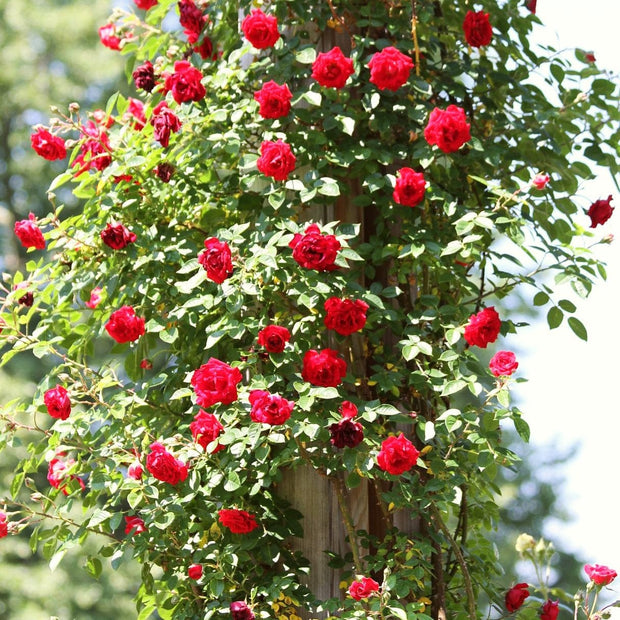

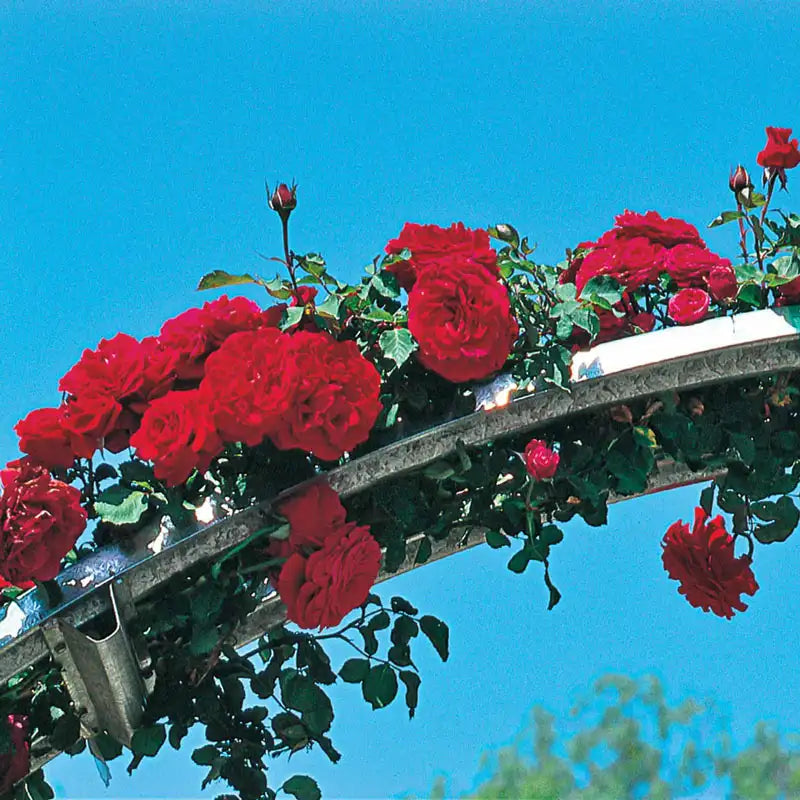

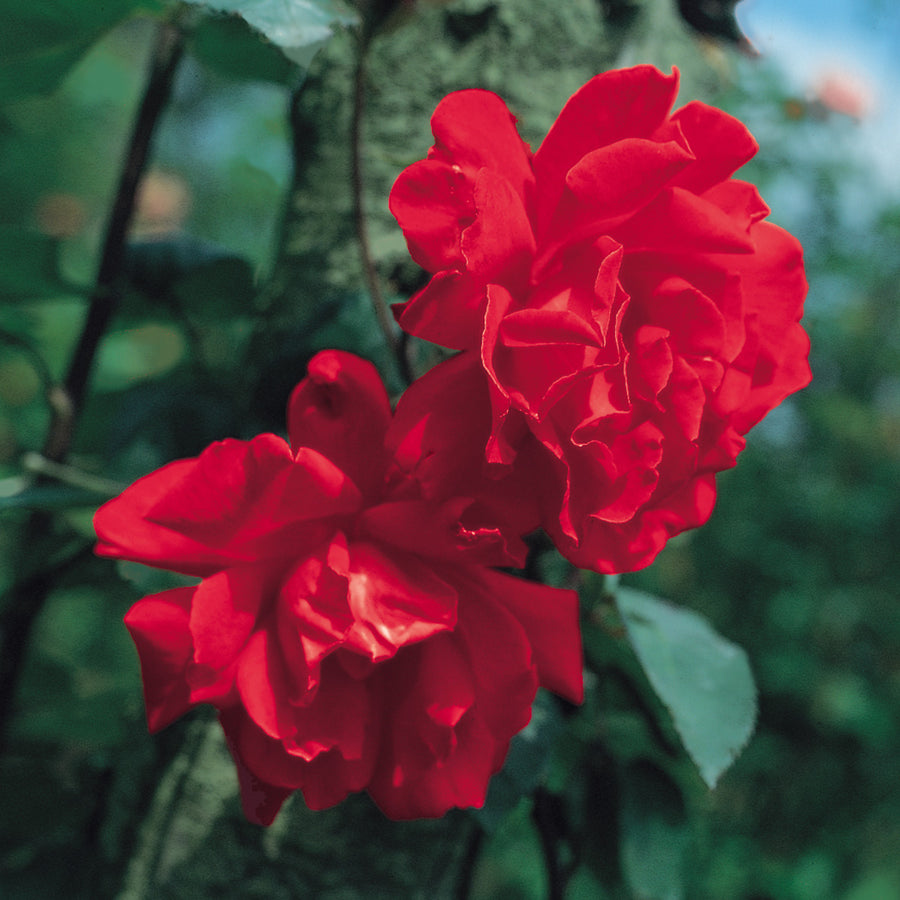

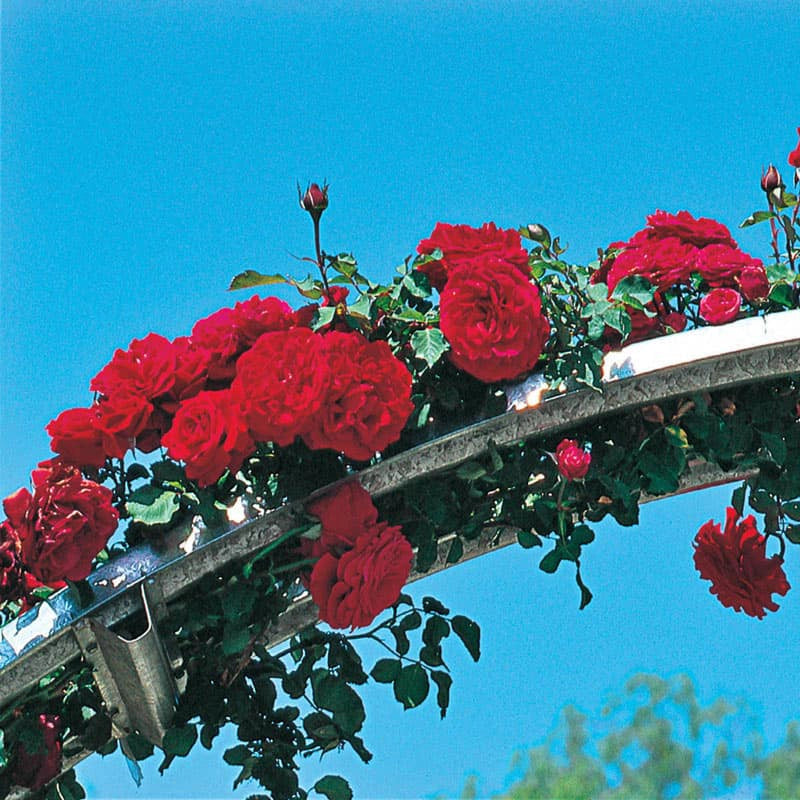


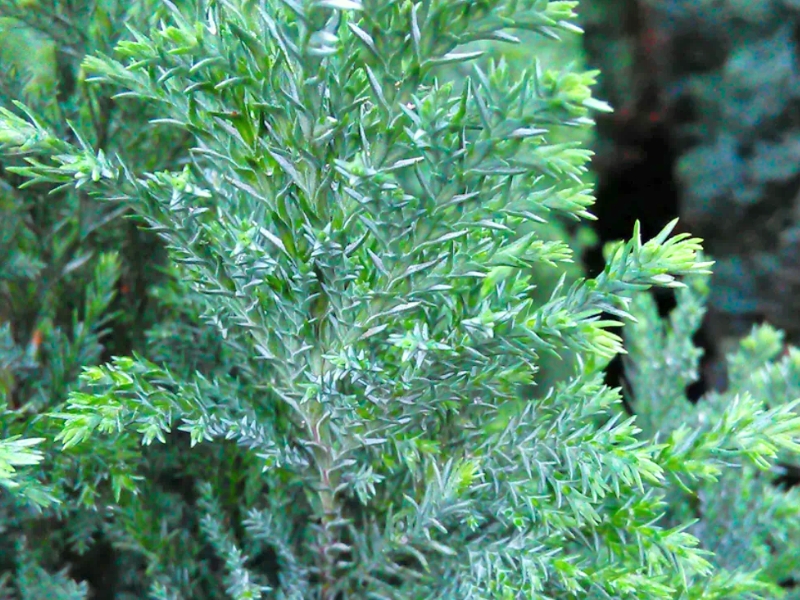
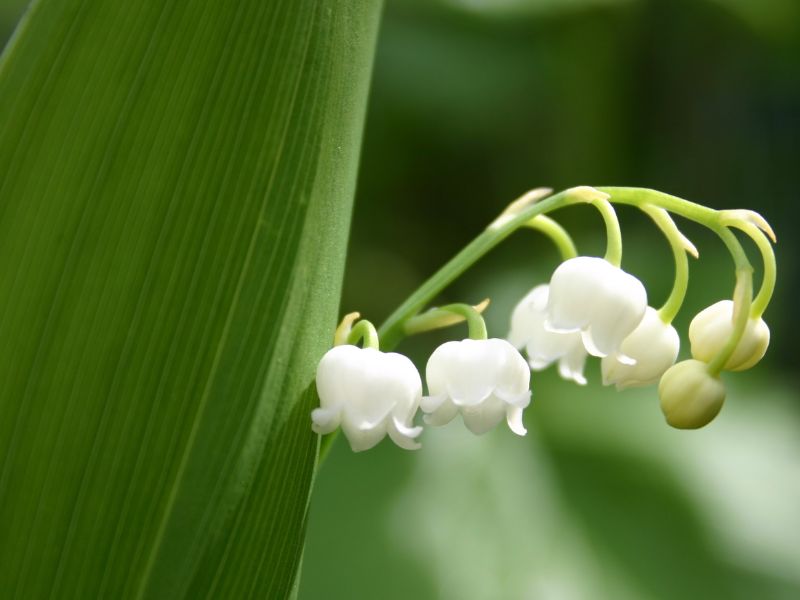
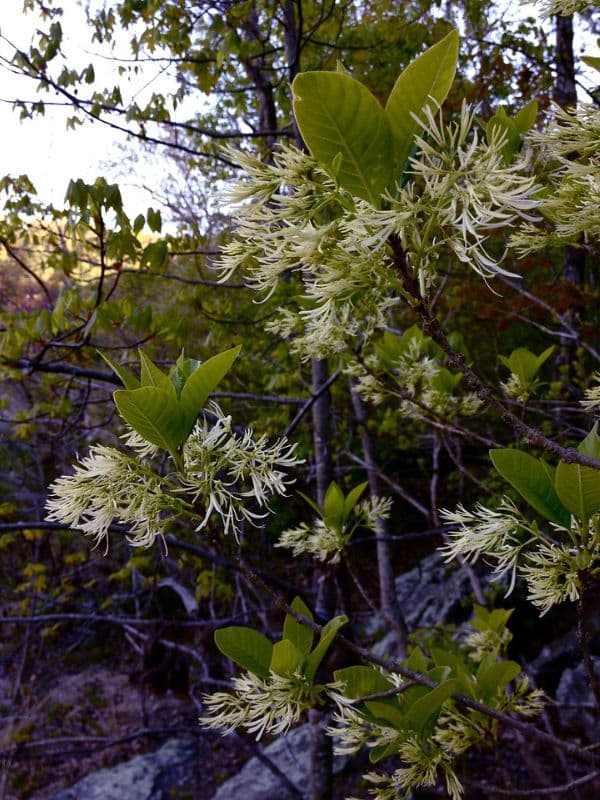
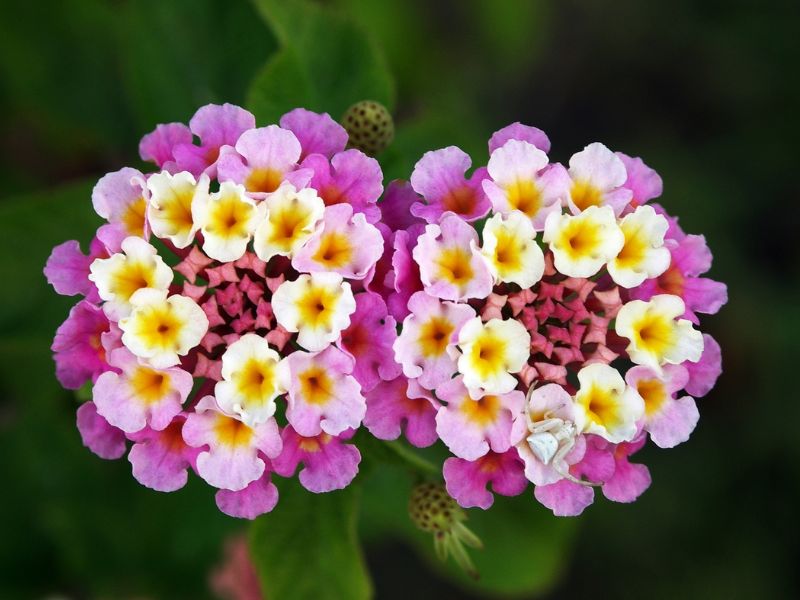
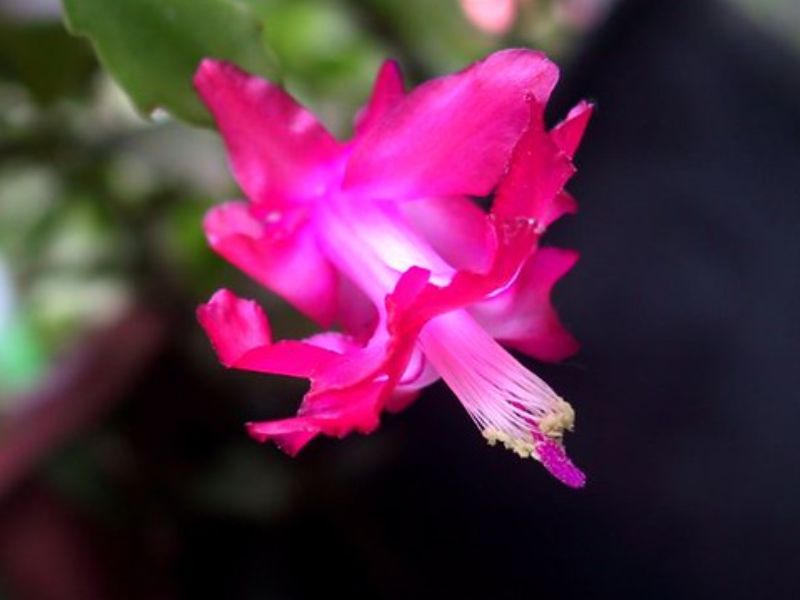
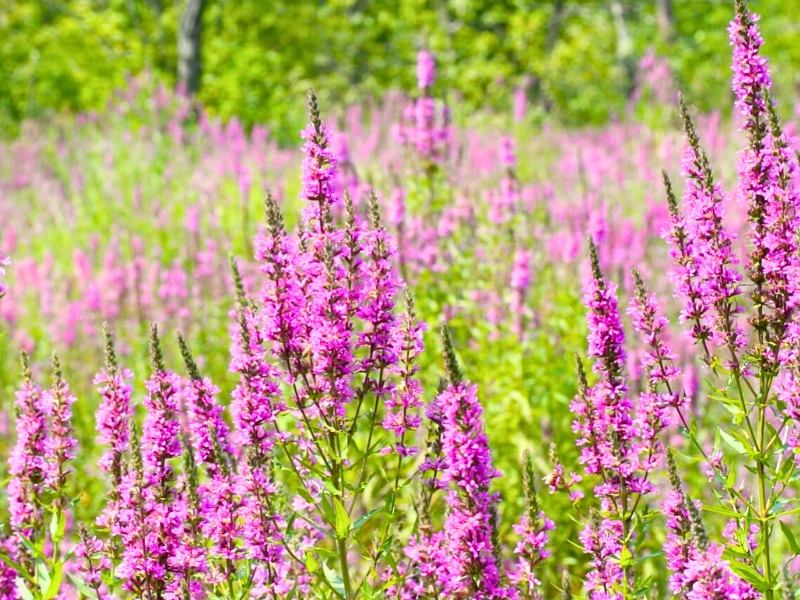
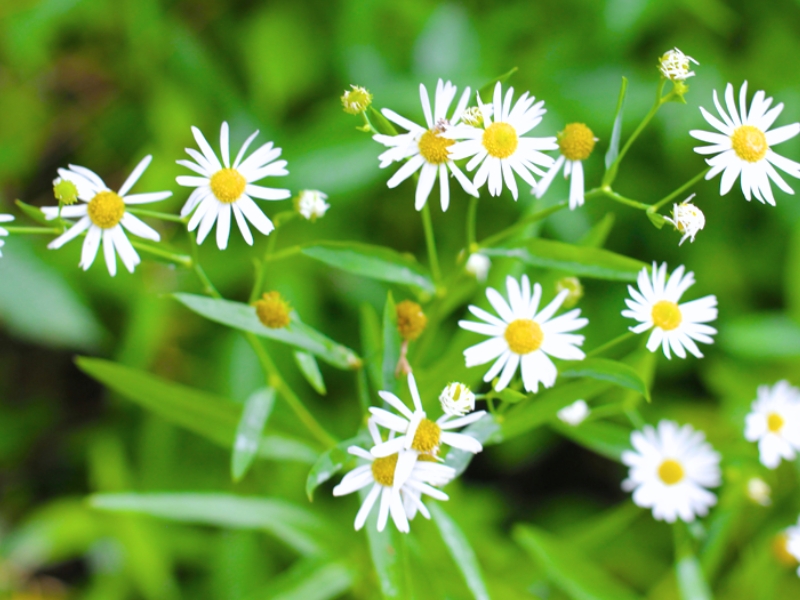
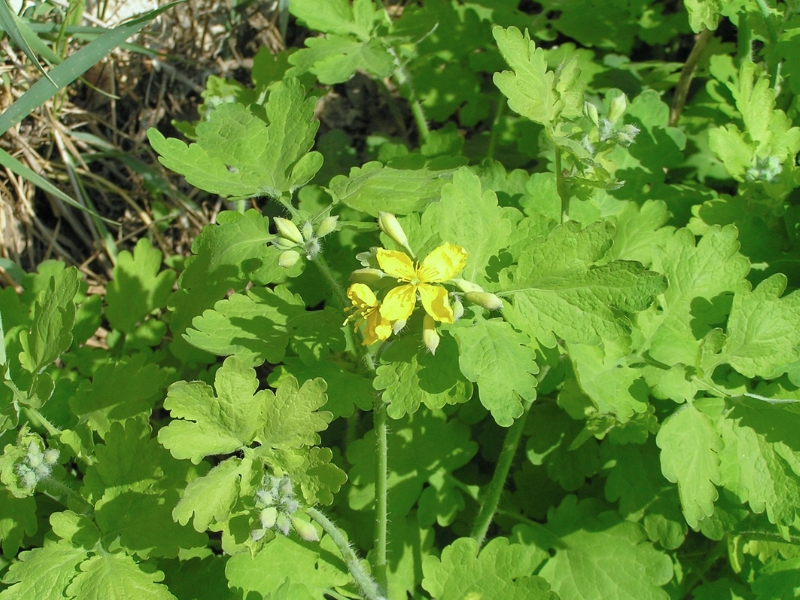
Leave a Reply